3 Easy Ways To "Gamify" Your Structured Literacy Lessons

One of the biggest misconceptions and things that I hear, and you may as well, is that the science of reading is a new fad or just phonics. The reality is that the instruction that we have used for years with dyslexic learners is the "science of reading" come to life. The collection of research that is the science of reading is not new. We have decades of research and evidence about teaching reading, and we know that it is a complex process with many different components. Structured literacy covers all of the elements of literacy instruction.
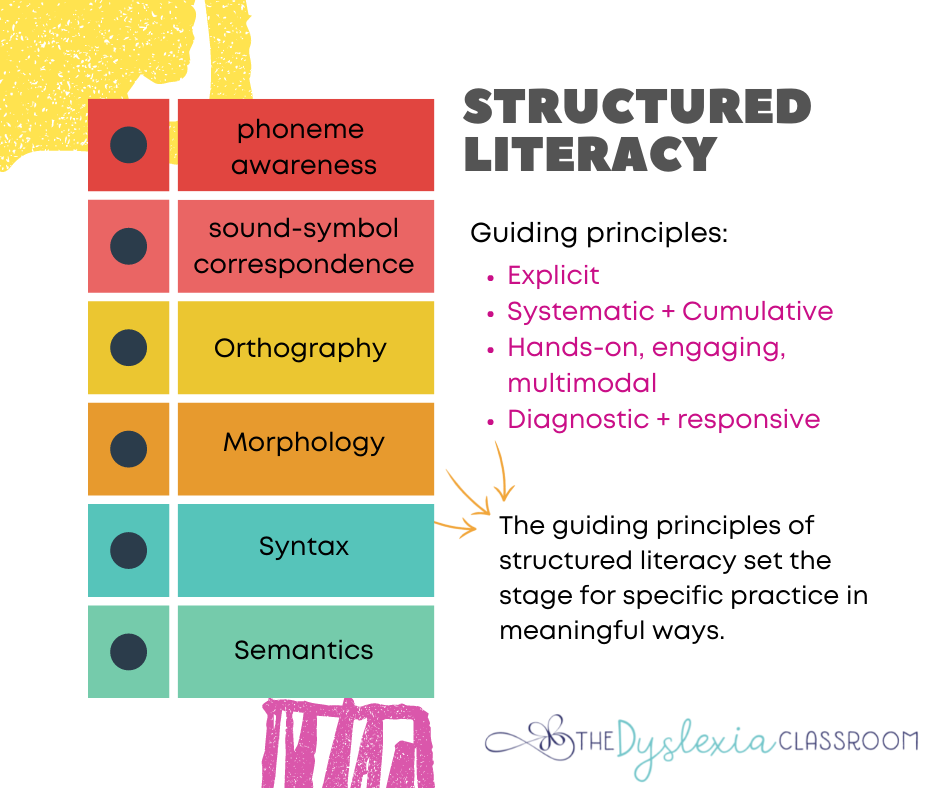
The umbrella term, Structured Literacy, was coined by the International Dyslexia Association to describe effective reading instruction that is essential for students with dyslexia and beneficial for all. Structured literacy (SL) encompasses more than phonics. It addresses language at all levels: sounds, spellings for sounds and syllables, patterns and conventions of the writing system, meaningful parts of words, sentences, paragraphs, and disc...
Knowing the Hidden Impacts of Dyslexia
Even though the official Dyslexia Awareness Month is ending, it remains a daily topic of conversation and concern for those impacted by dyslexia. I encourage you to continue discussing dyslexia, reading instruction, and the science behind learning. We want to bridge the research to our instructional practices and address social and emotional wellbeing to provide the best outcomes for dyslexia learners. For this reason, I want to revisit this blog which addresses the hidden impacts of dyslexia.
As educators and parents, we often hyper-focus on the academic components surrounding reading and writing for dyslexic learners. This makes sense because dyslexia shows itself in the educational setting. And yet, there is so much more that dyslexia impacts. Unknown to most people, many impacts of dyslexia reside below the surface, hidden from view, yet their effects can be profound.

This image 👆 is a powerful reminder that what you see isn't the whole picture. This is especially true for o...
Why Do We Talk About Language and Dyslexia?
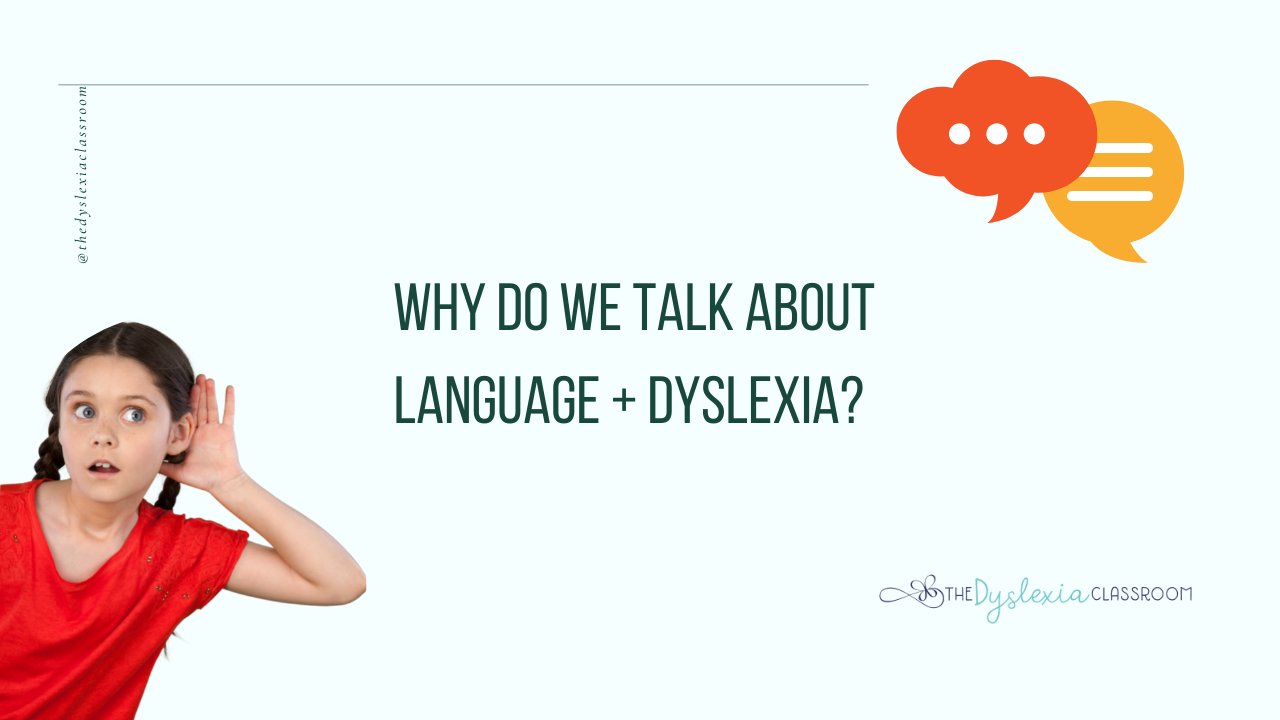
Academic challenges for those with dyslexia become the forefront of focus in the school-age years. When people speak about dyslexia, the conversation often surrounds reading and spelling, which makes sense as difficulties with accurate and fluent reading are a primary characteristic of dyslexia. In addition to the reading component, we can look at dyslexia through the lens of language. Why?

Dyslexia Is a Language-Based Learning Difference
Dyslexia falls under the Language-Based Learning Disabilities (LBLD) umbrella. What does this mean? Language-based learning disabilities refer to a spectrum of difficulties related to understanding and using spoken and written language. Dyslexia is a cluster of symptoms impacting language skills such as reading, spelling, and writing.
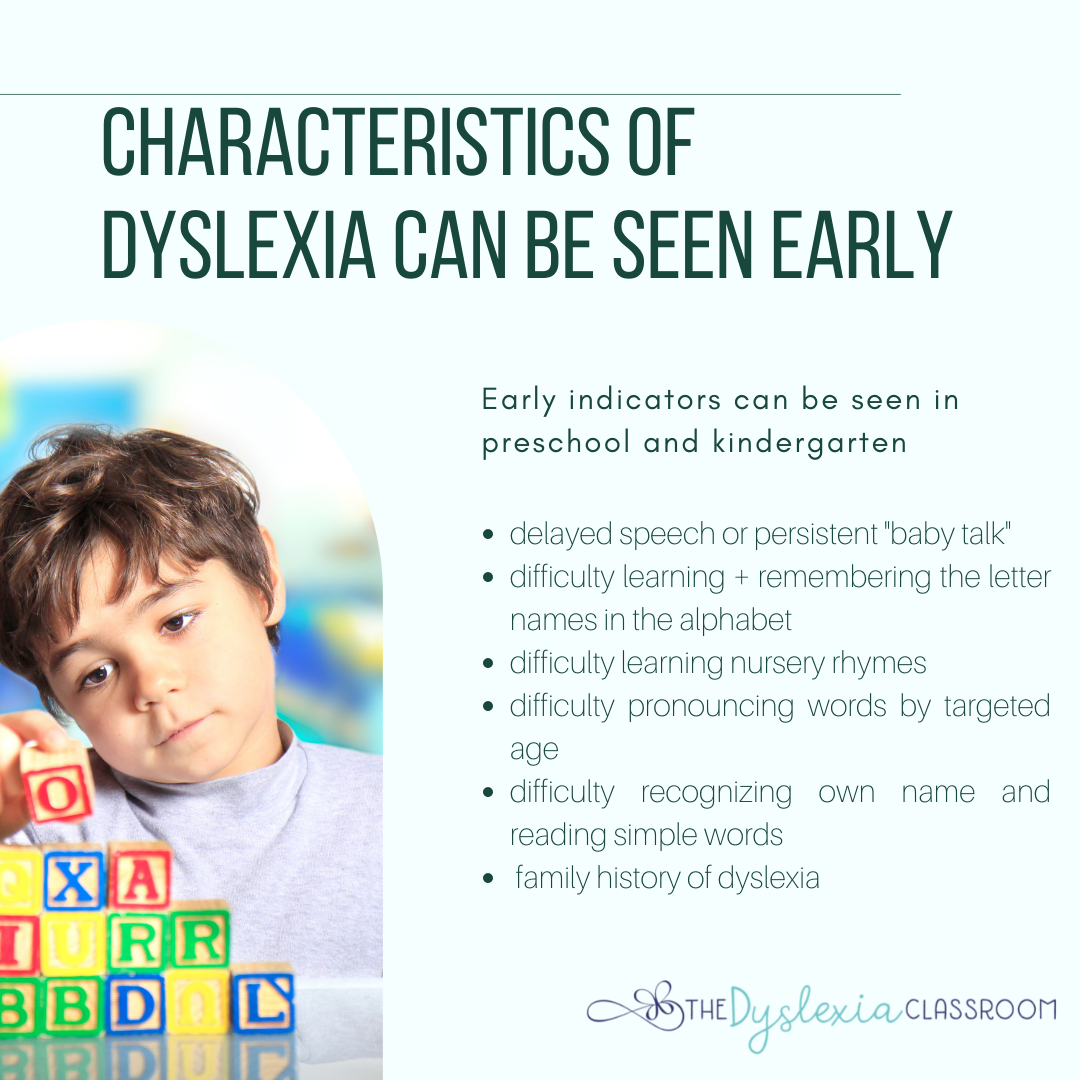
Characteristics of dyslexia can be seen early, and many of the early indicators for dyslexia are rooted in language. For young children in the early ages of school, oral language competence underpins the developm...
Did You Know That October is Dyslexia Awareness Month?
October is Dyslexia Awareness Month! Do you know that dyslexia is a topic around the globe? It's true!
Dyslexia impacts people across all languages, races, socio-economic statuses, and genders. While the prevalence rates for dyslexia may vary somewhat across writing systems, there appears to be core deficits across writing systems in the area of phonological deficits (Goswami, 2015).
I have had conversations with people worldwide regarding dyslexia and its instructional and emotional impacts on our children. We are all seeking the best ways to help close the reading gap and meet student needs in a way that preserves their emotional well-being and sets them up for success.

Unfortunately, there are still people and scholars that think dyslexia does not exist. To that, I say, look at the brain neuroscience, the fMRI, and the years and years of research about dyslexia, and then #saydyslexia because our children deserve to have educators and our society understand their journey.
My...
Additional Support For Dyslexic Students' Self-Confidence
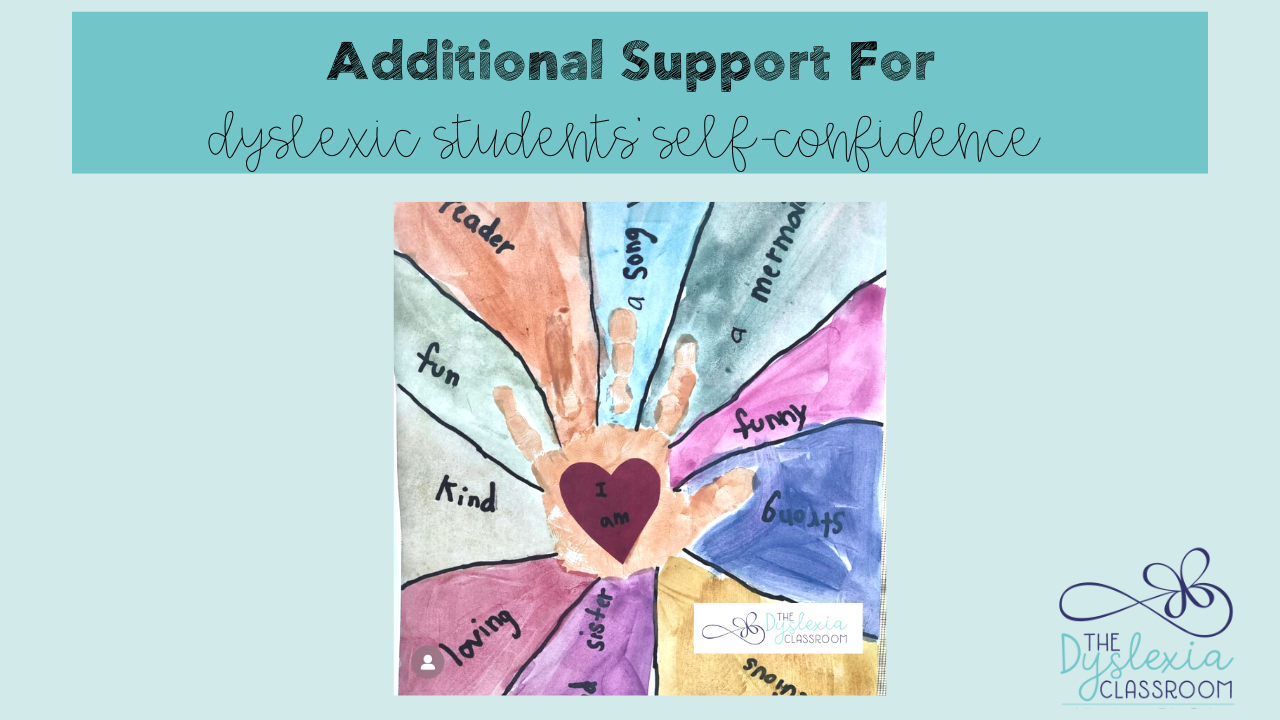
*This is an extension of the blog post How to Support Dyslexic Students' Self-Confidence. Read more about dyslexia strengths here.
When the Excitement of the New School Year Wanes
The beginning of the new school year can elicit all kinds of emotions. Do you remember the excitement and nervousness that comes with starting something new? Those butterflies in your stomach flutter between feeling sick to your stomach to a little twinge of adrenaline? For many, the beginning of the school year can feel like this.
As we move into the daily school routines and schedules, the new school year's excitement may be waning or bringing into light some different emotions. For many students with dyslexia and learning differences, as the newness of school wears off and the lesson pace increases, the academic pressures and demands can leave students feeling more anxious than excited. The feelings of anxiousness and frustration may arise due to academic hurdles, new routines, inappropriate or denied ...
Shifting our approach to reading instruction from reactive to proactive
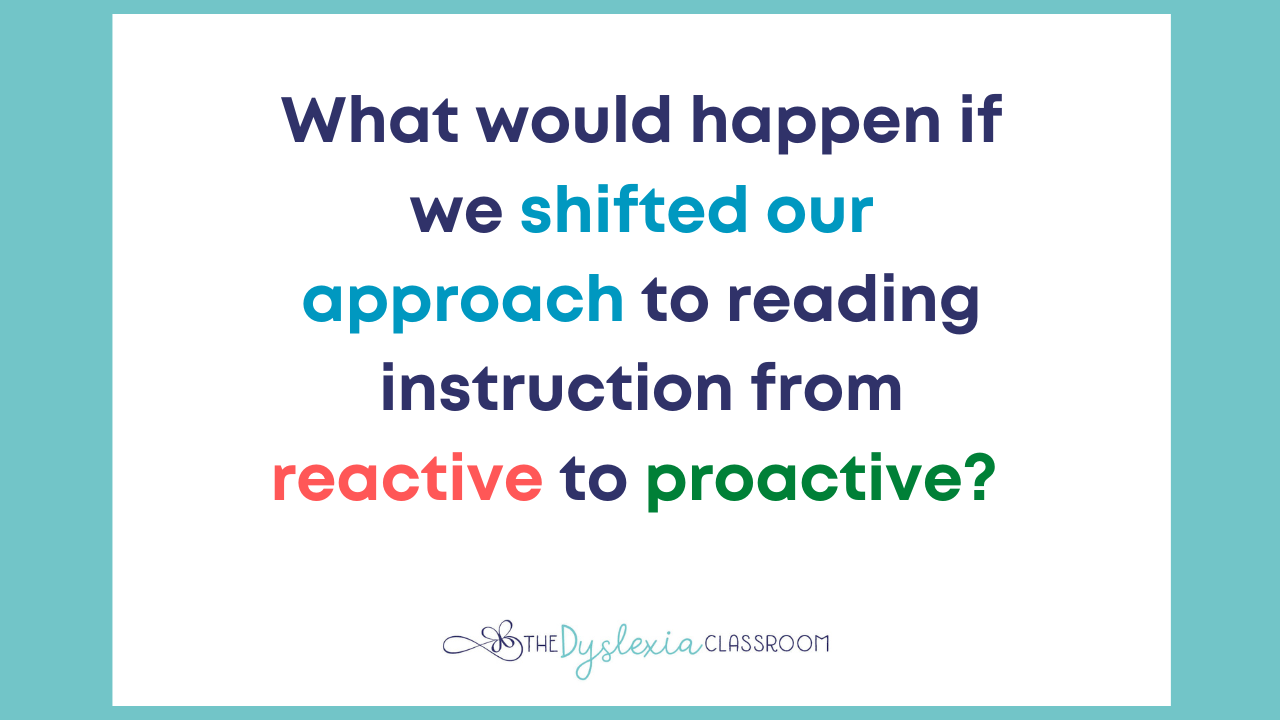
What would happen if we shifted our approach to reading instruction from reactive to proactive?
We need to stop and think about why our students struggle with reading at a national level. According to the last National Report Card, 35% of all 4th-graders and 34% of all 8th graders performed at or above proficiency. That leaves 65-66% of our students reading at the basic level or below.
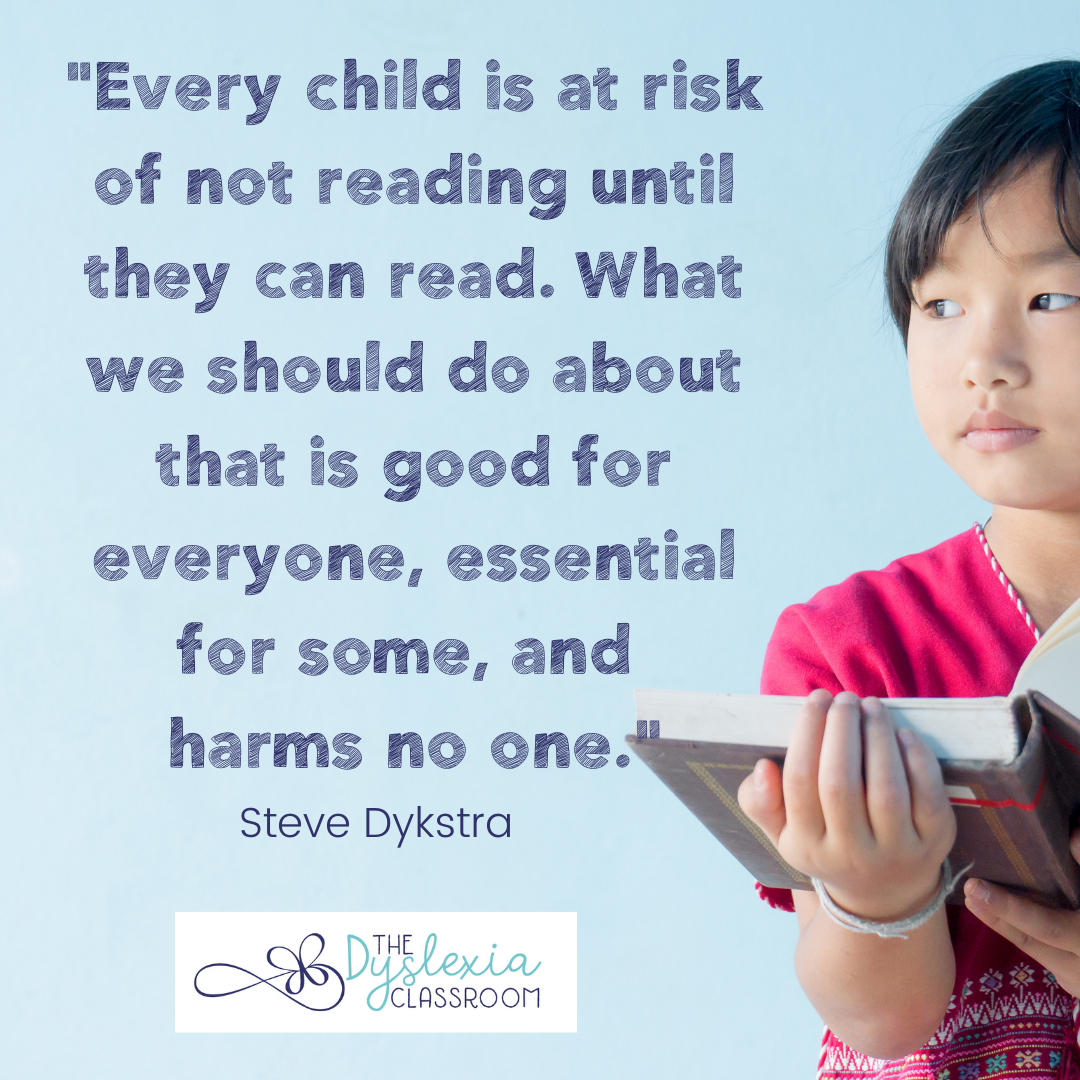
The number of students behind in reading requires shifting our approach at the core. All students are at risk of not having until they can read.
I have always felt that this reactive approach is like a sinking ship where we are working so hard to scoop the water from the boat that we don't analyze why the ship is sinking in the first place. We will never be able to keep the ship afloat this way, and our national reading scores prove this.
So what can we do as educators in the system? Providing core instruction within the general classroom that follows the principles of structured literacy and in...
Code and Read - How using diacritical marks aids students with dyslexia
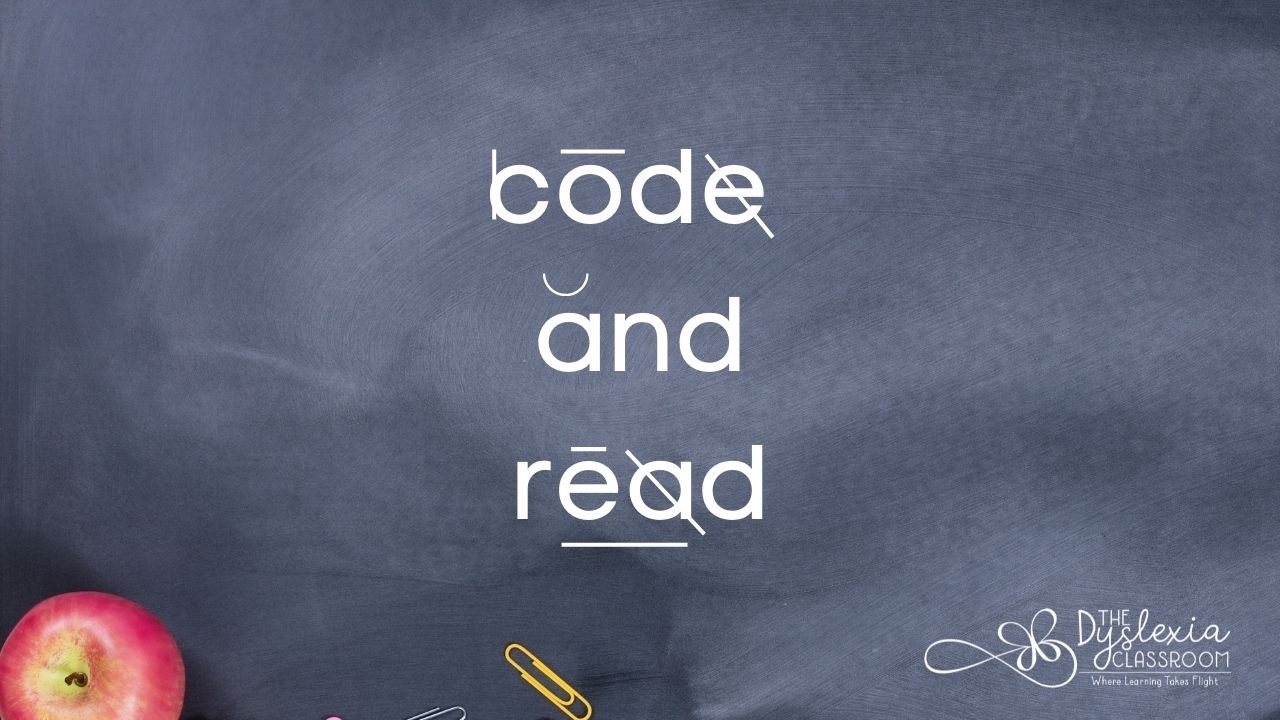
At a recent training, one of the participants asked me about our students using coding (the diacritical marks used when analyzing words) and was unsure of the benefits. I love that she asked me this because it is also something many parents may find unfamiliar.
Coding words allow students who are learning to read, who have dyslexia, or who may struggle to have a clear strategy for decoding unknown words. The use of set markings is a scaffold within our instruction that helps students focus on key components of a word. Coding removes the guessing of words because students have an explicit and systematic approach to accessing unknown words. Coding is taught systematically and explicitly through multi-sensory learning within a structured literacy approach.
The goal of coding is to gain reading with accuracy. Accuracy is the ability to decode single words correctly with freedom from mistakes or errors. This scaffold supports students as they learn and practice a new skill - primarily th...
How To Support Dyslexic Students' Self-Confidence
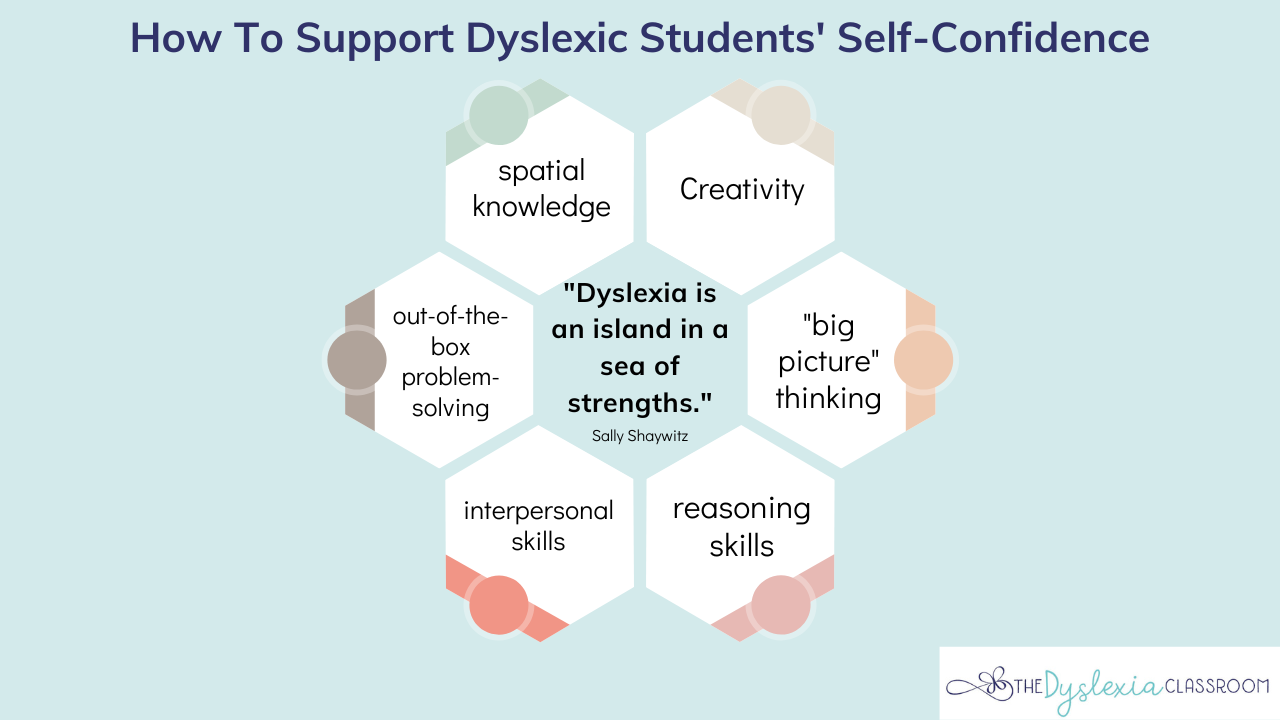
When we think of dyslexic students and struggling readers, we know that academic support is crucial to success. We understand that the science of reading and structured, systematic instruction is essential for students to achieve literacy success.
We also know that struggling children may be surrounded by feelings of shame, unacceptance, anxiety, and low self-esteem. In fact, research shows that 29% of dyslexic students also have depression and/or anxiety, some of which is heightened by the expectations and struggles that come along with dyslexia.
We all want our children to feel successful and confident and know the importance of looking at the other components that support student success. But it raises the question of how.
Support For Student Success
How do empathy and understanding of dyslexia support success and self-confidence?
How does the environment support success?
What role do mindset and metacognition play?
How can we build self-advocacy skills, and what is th...
Why Repetition is Important in Reading Instruction
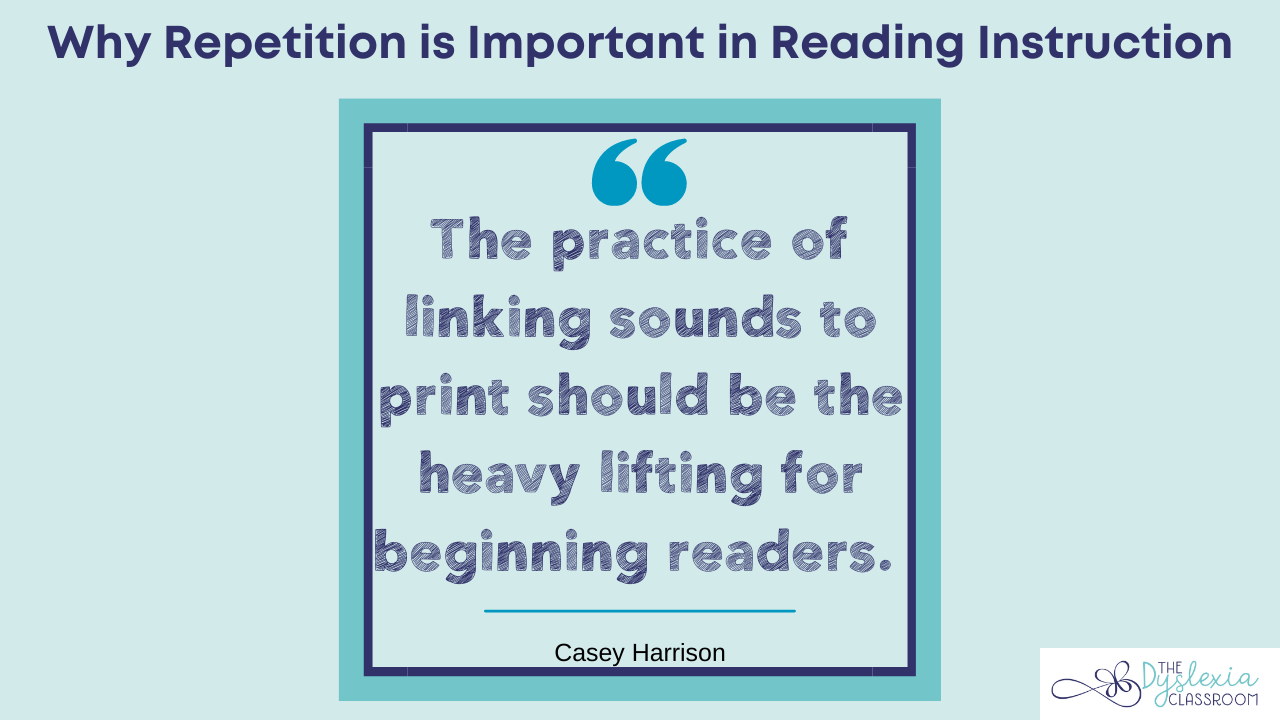
The number of repetitions matter when planning reading instruction for the dyslexic learner, While some may believe that our lessons are filled with constant drilling of skills, this is not the case. Structured literacy is designed to weave in multiple practices within a lesson and review previously learned skills.
I like to think of it this way: when athletes learn a new skill, they practice the movement repeatedly with the goal of perfection in mind. I was a competitive gymnast, and we would practice our routines to the point of automaticity so that when it was time to perform, it was automatic. It had been practiced over and over again. This repetition made the skills stick. A key thing to remember about repetition is that perfect practice is what makes perfect — not just practice. Performing tasks repetitively and correctly is what helps the skills learned from those tasks set in ("The Power of Repetition," 2016).
Learning happens in a very similar way. With correct repetition o...
Why Use Audiobooks with Dyslexic Learners?
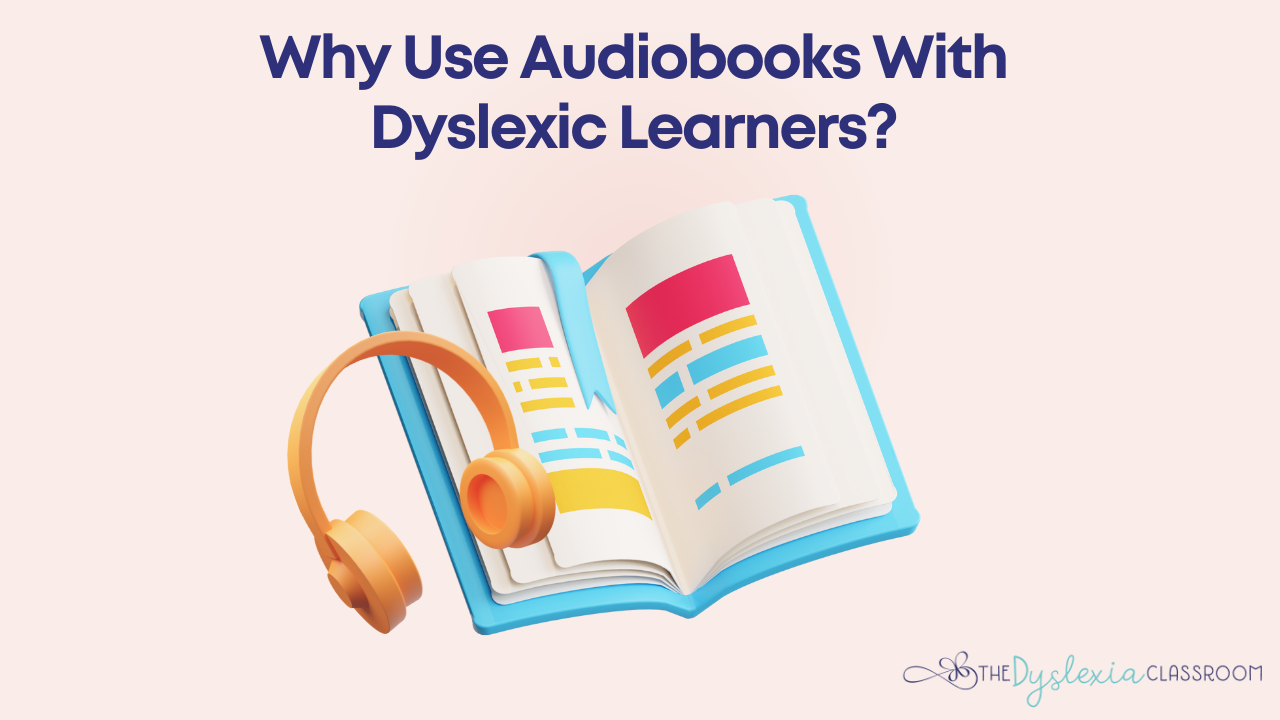
The topic of audiobooks comes up often and is an accommodation that I recommend for all of my students. Audiobooks have gained popularity among the general population, with 1.3 billion dollars in 2020. While audiobooks are an excellent tool for anyone, they provide additional benefits for those with dyslexia or other learning differences. We know the importance of becoming literate in our society, but how do audiobooks weigh into our children's reading goals? Let's dig into some of the benefits and possible obstacles.
Benefits of Audiobooks
Audiobooks provide access to grade-level and higher-level text
Why is this important? We need to provide students with the tools to access the curriculum. Audiobooks provide this bridge. Students are given audiobook access for curriculum reading for multiple reasons.
Audiobooks level the playing field
Audiobooks are an accommodation that helps ensure our dyslexic learners can access the curriculum. It levels the playing field as students work ...



